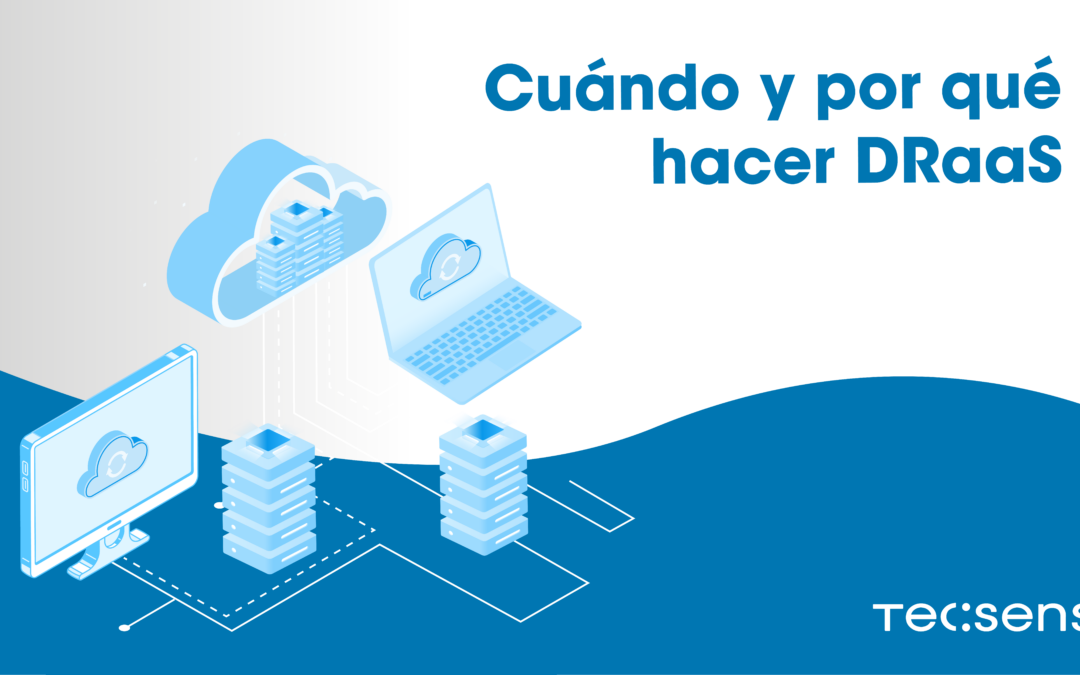To have a complete strategy of availability, data recovery and applications of a company, we must talk about DRaaS (Disaster Recovery As A Service). A fundamental and complementary piece of Backup in every contingency plan, something more than a traditional Backup. In short, having a DRaaS is a plan C in the face of a disaster, we tell you when and why to do DRaaS.
Disaster Recovery-as-a-Service (DRaaS)
The DRaaS or Disaster Recovery-as-a-Service is a disaster recovery service (infrastructure and data replication) in a virtualized cloud environment in a latent state, available to be recovered whenever necessary.
This system guarantees the use of servers, networks and data in the recovery process of the affected party, allowing the company to keep its systems available without interruption and minimising the impact.
Why do DRaaS
- Hybrid environment: copies on local device and in the Cloud, this allows the local copy to be restored by accessing the Cloud copy in the event of a disaster.
- Cost reduction: it does not require large investments and is pay-per-use.
- Efficient, Flexible and Scalable: it does not require complex infrastructures and is quick to implement. Its resource growth is customer-driven and supports any workload regardless of storage, application or operating system.
- Customised and demanding RTOs and RPOs: tailored to the customer’s infrastructure and needs.
- Security:encrypted and protected data.
- Managed failover and failback.
When to do DRaaS
Whenever a company wants to have a comprehensive disaster recovery strategy flexible and adapted to its needs, itmust do DRaaS. A solution that ensures business continuity and avoids business interruptions. A move towards hybrid environments that will help reduce IT costs.
Whenever a company wants to have a comprehensive disaster recovery strategy that is flexible and tailored to its needs, it should do DRaaS. A solution that ensures business continuity and avoids business interruptions. A move towards hybrid environments that will help reduce IT costs.
Can your company afford an interruption?




